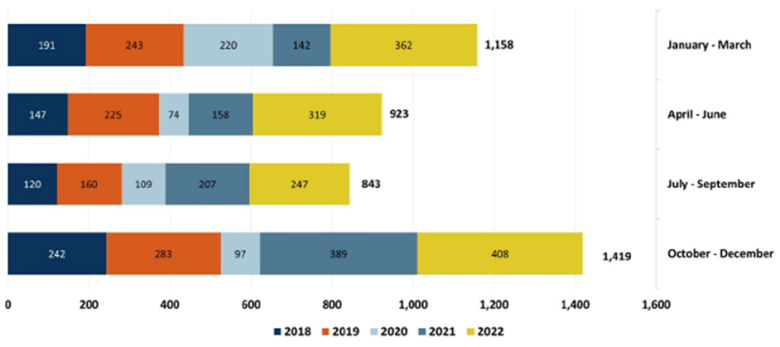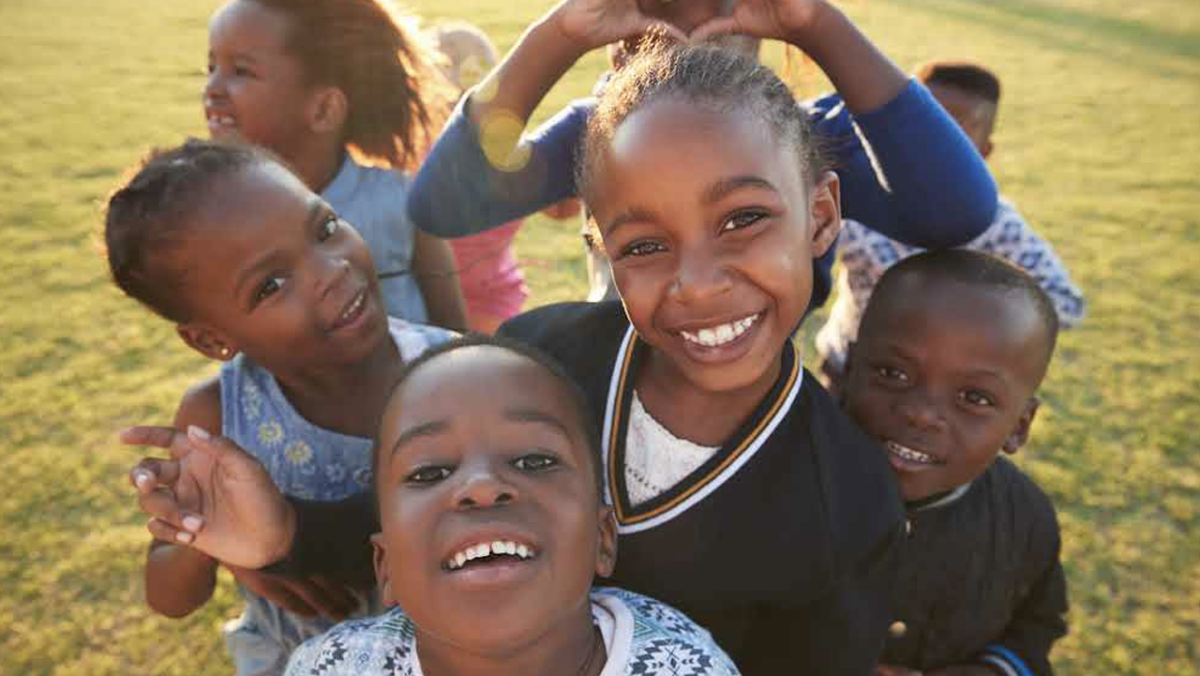Last Updated on February 3, 2024 by BVN
S. E. Williams
If you are the victim of a hate crime, please contact your local law enforcement agency. For additional information please visit oag.ca.gov/hatecrimes.
As we enter Black History Month 2024, once again the nation is confronted with more alarming realities of bigotry and hatred coming from a new report showing that 66% of the race-based hate incidents that occurred in U.S. schools last year, targeted Black students.
Even as many Americans turn their focus to Black History Month, it is difficult to ignore the increase in hate continuing to manifest across the country and nothing can be more concerning than the cruel impact this can have on the psyche of Black children, youth and young adults. Yet, the recently released Federal Bureau of Investigation (FBI) Uniform Crime Reporting Program’s newly released special report, Hate Crime in School, makes it clear the nation must pay attention.
The report, which covered the five year period 2018 to 2022, highlighted that over 30% of juvenile victims of hate crime experienced the offense at school, while nearly 36% of juvenile offenders of hate crimes committed the heinous acts on school campuses.
The report shows, in raw numbers, that of the 828 hate incidents in schools that were motivated by racial bias in 2022, 547 or 66% targeted Black students. Though down slightly from the 68% of targeted Black students in 2021, it follows the trend noted in the FBI’s most recent overall hate crimes report, where more than half of race-based crimes in 2022 targeted Black people.
Hate Crime Offenses at Schools by Bias Motivation and Bias Type 2018 – 2022

The hate crime offense most commonly reported during this period was intimidation followed by destruction, damage or vandalism of personal property. The next category in magnitude of incidents reported, was simple assault.
Hate Crime Offenses at School, 2018 – 2022

Total reported hate crime incidents and offenses in schools increased from 7,181 incidents in 2018 to 11,643 incidents in 2022. According to the FBI report, the hate incidents at schools compared to the overall incidents of reported hate crimes fluctuated over the study period with a notable drop in 2020 that possibly resulted from school closures due to the COVID-19 pandemic.
The percent of all reported hate crimes at school ranged from a low of 3.9% in 2020 to a high 10.0% in 2019 and 2022. Regardless of the fluctuation in this regard, what remained consistent was the incidents of hate crimes occurring in schools retained a third place ranking as the location where reported events of hate most commonly occur following those that happen at places of residence or on the road.
The report further revealed the fourth quarter of the calendar year, October through December, to be the period when most hate crimes at schools occur, with October standing out as the most common month, averaging 4.1 offenses per day.
Hate Crime Offenses at School Locations by Quarter of Occurrence: 2018 – 2022

Prior to 2010, School/College was the only school data collected as the location of a criminal offense and was used for all school locations, regardless of the age or advancement of enrolled students. In 2010, however, two additional categories were added, Elementary/Secondary and College/University. This was done to distinguish the demographics of the enrolled students at the location of school-related offenses. Although agencies are encouraged to specify Elementary/Secondary or College/University when identifying schools where hate incidents occur, the original comprehensive School/College location is still an option for reporting.
During each year of this report period, Elementary/Secondary schools were the most frequently reported school-related locations where incidents of hate occurred.
Reported Hate Crime Offenses at School Locations by Year, 2018 – 2022

As noted, anti-Black or African American incidents were the most common bias type of hate crime offenses at schools with 1,690 incidents reported during this period, followed by Anti-Jewish and Anti-Lesbian, Gay, Bisexual, or Transgender, with 745 and 342 offenses respectively. An offense can also involve more than one bias type.
Following Anti-Black or African American bias, with 1,690 reported incidents during the report period, was Anti-Jewish and Anti-Lesbian, Gay, Bisexual, or Transgenderbias related events with 745 and 342 offenses respectively. An offense can also involve more than one bias type.
The FBI’s Uniform Crime Reporting (UCR) Program has collected and published data on hate crime incidents in accordance with the Hate Crime Statistics Act of 1990 for more than three decades.
The rising incidents of hate across the country and its impact on schools appeared already on the radar of California Governor Gavin Newsom when he announced on September 23, 2023, state plans to support victims and help prevent acts of hate by launching the first major statewide multilingual “CA vs Hate” awareness and education campaign, while also reminding educators about the importance of anti-hate awareness inclusion in education.
At the time Newsom said his action was motivated by “recent high-profile incidents,” including the horrific murder of a shop owner in Cedar Glen, located in the San Bernardino mountains. The new investments and resources are intended to further the fight against hate by building on the state’s existing efforts to empower diverse communities and address discrimination.
“As hate-fueled rhetoric drives increasing acts of bigotry and violence, California is taking action to protect those who are targeted just for being who they are,” said Newsom. “We’re bolstering our support for victims and anti-hate programs and tackling ignorance and intolerance through education to prevent hate from taking hold in our communities.”
The actions announced by the governor included $91.4 million to 173 local organizations across the state to support victims, provide resources, and facilitate anti-hate prevention measures as well as the state’s first major statewide media campaign entitled “CA vs Hate” that includes print, radio, and digital ads to run in English, Spanish, Chinese, Vietnamese, Tagalog, Korean, Tongan, Mixtec, and Hmong. The ads are designed to focus on traditionally hard-to-reach communities.
The effort also includes a letter to all public school leaders in the state highlighting the legal responsibilities to ensure ethnic studies curricula. The curricula is intended to give students a chance to “see” themselves in the fabric of the state.
“An attack on any of our communities is an attack on everything we stand for as Californians,” declared Newsom.



